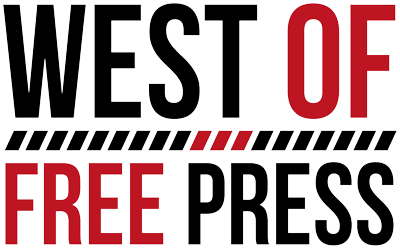Charleston County Council voted 6-3 in a finance committee meeting last week to try to take back its $1.5-million portion from a project to create a “super” or “smart” street at the intersection of Main Road and U.S. Hwy. 17 South in West Ashley.
Fueled by recent flooding of the area around the intersection resulting from heavy rains and high tides, and lingering dislike for the S.C. Department of Transportation’s (SCDOT) plan, councilmembers will take a more official vote probably sometime this week in a regular council meeting.
Currently, SCDOT is going forward with a $3.5 million plan to extend the median through the intersection, allowing traffic to continue to flow unimpeded.
County Councilman Vic Rawl, who represents a big chunk of West Ashley, said that most of his colleagues would prefer a more robust – try $60-$65 million – project that would address flooding and traffic.
That project would include a “fly over,” similar to an interstate traffic exchange, as well as the widening and raising of Main Road. Getting some entity to pay for the enhanced intersection is another matter.
Under the state’s current plan, drivers coming from Johns Island on Main Road wanting to travel south on Hwy. 17 would be required to turn north on the highway, travel a few hundred yards, ease into a turnaround lane, and then head south.
Drivers headed toward Johns Island at the same intersection would be required to complete a similar maneuver in the opposite direction.
“This was always presented to us as a band-aid solution,” said Councilman Rawl, who worries that as the area continues to develop, and traffic counts rise, the currently proposed project would have to be replaced anyway with a flyover in the future.
SCDOT recently pushed back the project until late 2016. While some hope this move would give County Council more “wiggle room” to negotiate, an official at the Berkeley-Charleston-Dorchester Council of Governments who acts as the liaison between the federal, state, and local governments on the projects said it was just to better align funding cycles.
“From everything I’ve seen, the state is treating this project as a ‘go,’” said BCD Council of Governments senior planner Dan Frazier.
SCDOT spokesperson Pete Poore said that the usual procedure for a change in a project like this would be for County Council to send a letter to the agency expressing concerns and intentions. “I don’t know if we’ve received such a letter, but that doesn’t mean it hasn’t happened.”
State Sen. Larry Grooms (R-Bonneau), chair of the state Senate Finance Committee, is no fan of the “super street” concept. “I am yet to see a super street work at such a high-traffic intersection,” he said.
Grooms claimed SCDOT built a super street in a part of Berkeley County he represents, at the intersection of S.C. Hwy. 52 and Oakley Road. And while that project has improved the situation there, Grooms said the traffic loads are vastly lower in his neck of the woods.
Grooms said that even with a flyover, the project would just be catching up to existing development, not preparing for the coming deluge in car trips that are expected with the completion of the nearby Long Savannah housing project and the continued development along Bees Ferry Road.
Any hope of the state funding a more robust interchange would hinge on the changes being introduced to the Charleston Area Transportation Study (CHATS) committee, comprised of politicians and staff from various districts and levels, said Grooms, and then having the CHATS group list it as a priority.
Grooms added that with finite state money, he wasn’t sure what the area would be giving up to get an improved Main/17 interchange.
Getting any more money from the state could be hard enough, anyway. Consider that the Department of Transportation is projecting that it would need an additional $40 billion over the next 25 years to get the state’s roadway system, the fourth largest in the nation, to the “good” classification.
Consider also that another funding source, the State Transportation Infrastructure Bank, has seen close to one-third of its massive coffers already be dedicated to Charleston-area roads projects. In short, more roads money for anything in Charleston beyond the Ravenel Bridge and the completion of 526 would be a hard sell in the legislature.
Some local politicians have opined the solution would be to tap the money the state has sent for the 526 completion and then repay it later. But lawyers and legislators have already torpedoed that idea as illegal.
(843) 766-WEST (9378)
publisher@westof.net







